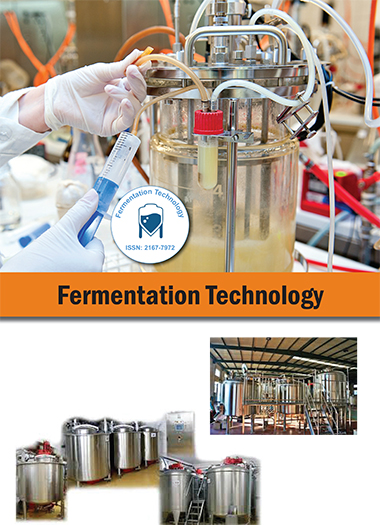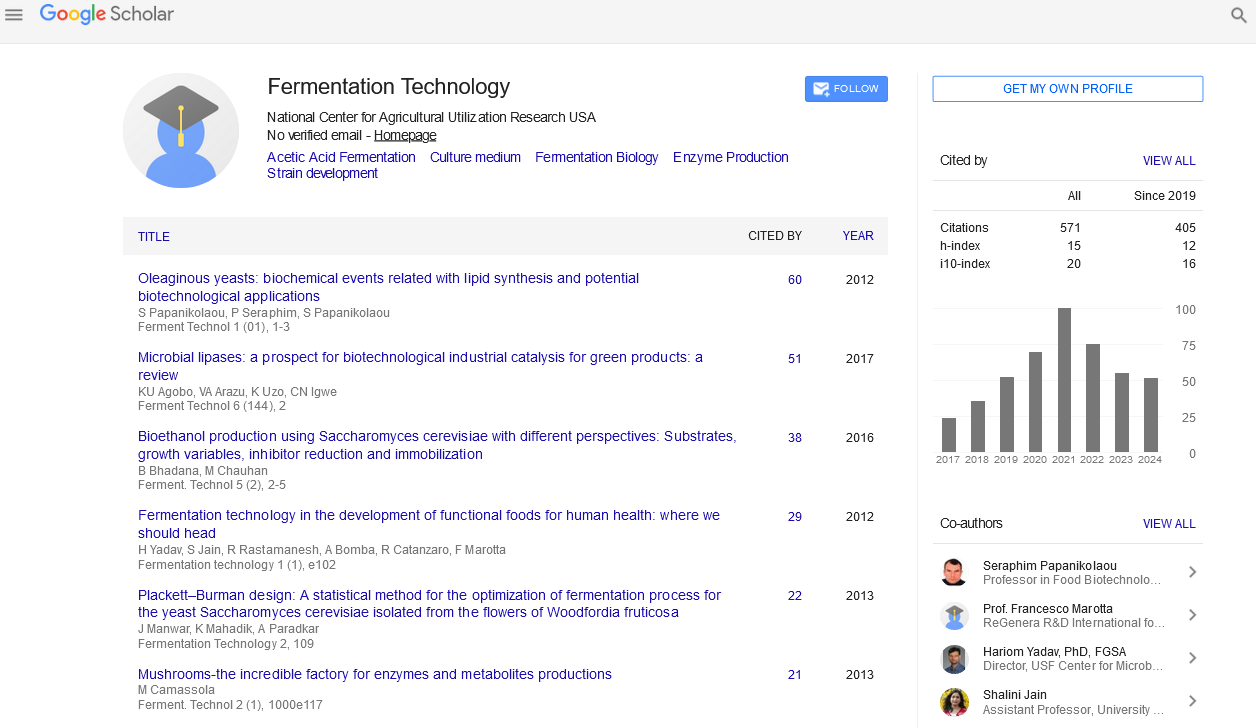Indexed In
- Open J Gate
- Genamics JournalSeek
- Access to Global Online Research in Agriculture (AGORA)
- RefSeek
- Hamdard University
- EBSCO A-Z
- OCLC- WorldCat
- Publons
Useful Links
Share This Page
Journal Flyer

Open Access Journals
- Agri and Aquaculture
- Biochemistry
- Bioinformatics & Systems Biology
- Business & Management
- Chemistry
- Clinical Sciences
- Engineering
- Food & Nutrition
- General Science
- Genetics & Molecular Biology
- Immunology & Microbiology
- Medical Sciences
- Neuroscience & Psychology
- Nursing & Health Care
- Pharmaceutical Sciences
The role of wcbE gene in the synthesis of antimicrobial compounds of Burkholderia seminalis TC3.4.2R3
World Congress on Beneficial Microbes: Food, Pharma, Aqua & Beverages Industry
August 25-27, 2015 Valencia, Spain
Priscila Jane Romano de Oliveira Goncalves, Emy Tiyo Mano, Aline Aparecida Camargo das Neves, Ana Olivia de Souza, Carmen Denman, Brendan Wren and Welington Luiz Araujo
1University of S�?�?o Paulo, Brazil 2Butantan Institute, Brazil 3London School of Hygiene and Tropical Medicine, UK
Posters-Accepted Abstracts: Ferment Technol
Abstract:
Several compounds with antimicrobial activity are produced by Burkholderia spp. nevertheless little is known about the recently described specie Burkholderia seminalis. Gene clusters of B. seminalis strain TC3.4.2R3 associated to the synthesis of antimicrobial compounds have been identified by analyzing a Tn5 mutant library. Among these genes we identified a gene encoding a glycosyltransferase (wcbE) in the wcb cluster, which is associated with capsule synthesis. Comparison of the wcb cluster region with other species of Burkholderia showed that some genes are not shared with other Burkholderia species, such as a gene encoding a hypothetical protein and epimerase gene. Another gene, named wcbR is conserved in this genus and has a PKS domain, suggesting that this cluster may be associated not only with the synthesis of capsule, but also with the synthesis of secondary metabolites. Phenotypic tests revealed that mutants of the wcbE glycosyltransferase lose the ability to inhibit pathogens, such as F. oxysporum, C. fimbriata, C. paradoxa and Colletotrichum, compared to wild-type B. seminalis. The antagonism test with organic extracts from B. seminalis both wild-type and some mutants showed inhibition of fungal growth, suggesting that molecules with antimicrobial activity are extracted in the process. Comparisons between mutant and wild-type revealed that wcbE gene is crucial for biofilm formation in a process temperature-dependent, however the gene does not seem to influence the oxidative stress or resistence to antibiotics. Despites wcbE being located in capsule cluster, it is also involved in microbial interactions and antimicrobial production in B. seminalis TC3.4.2R3.
Biography :
Priscila Jane Romano de Oliveira Gonçalves has completed her MSc in Microbiology in 2012 and currenlty is a PhD student at São Paulo University (USP). However, she is doing her Split-Site PhD at London School of Hygiene and Tropical Medicine, London, UK, at the moment.
Email: priromano@usp.br

